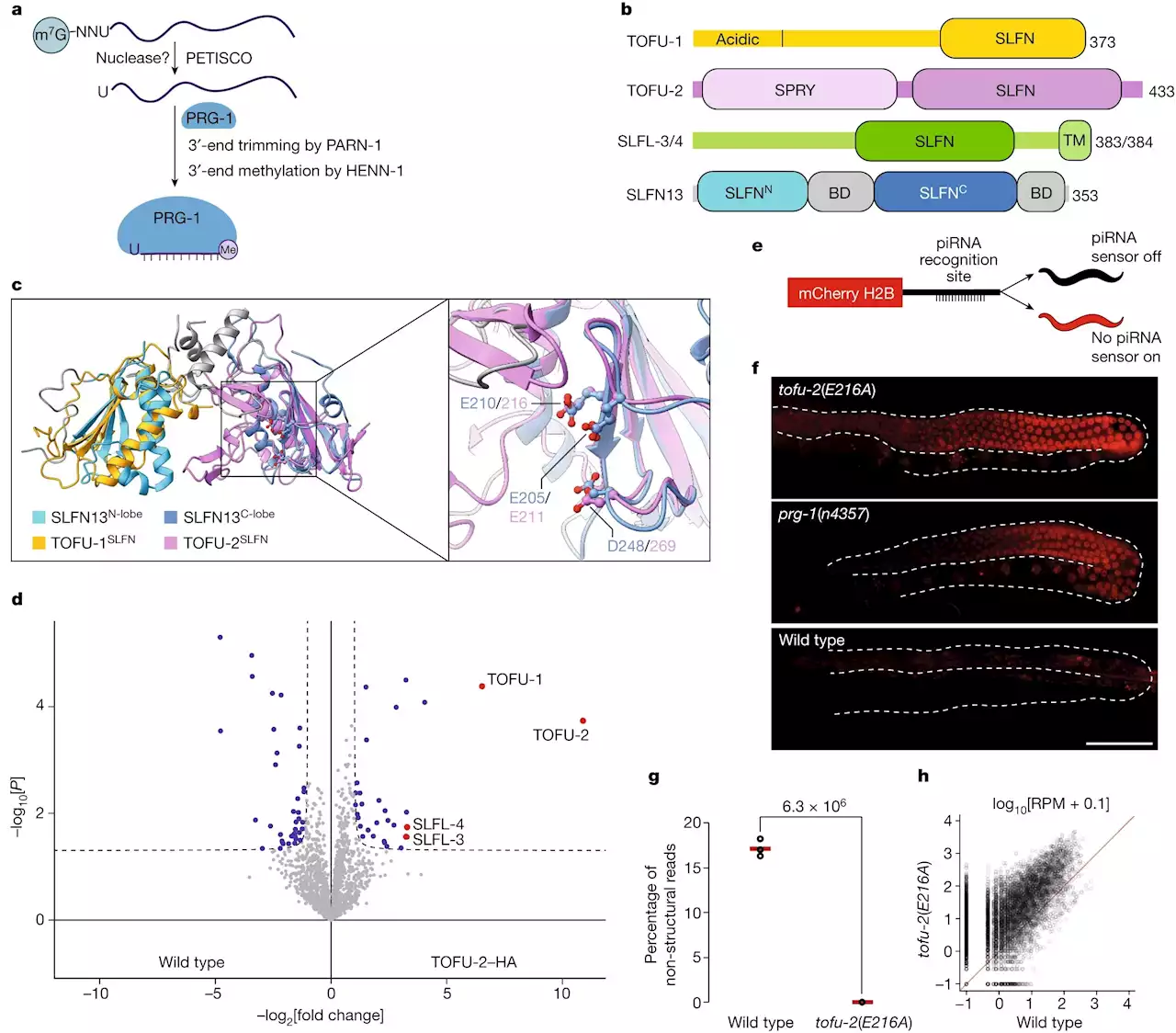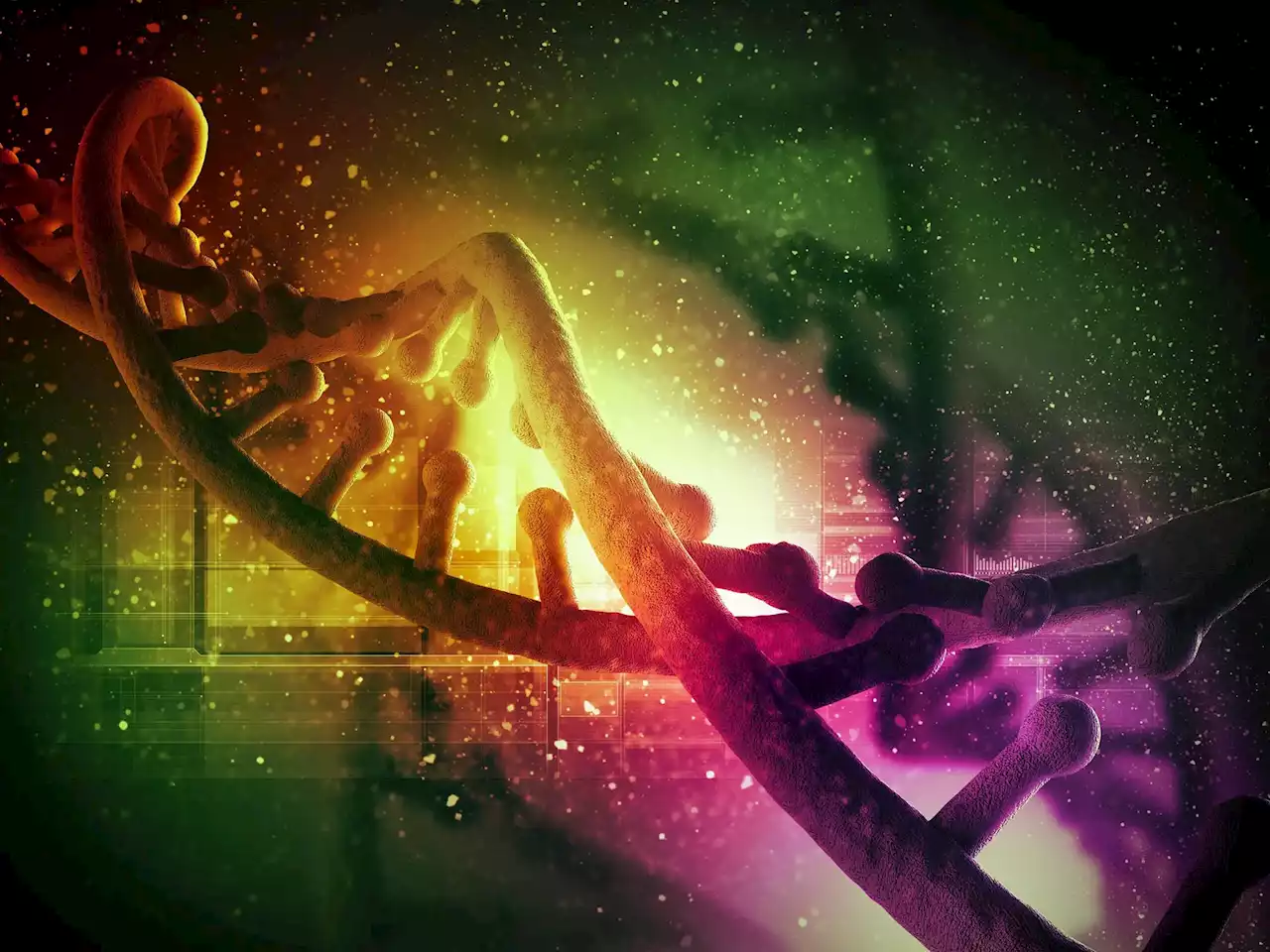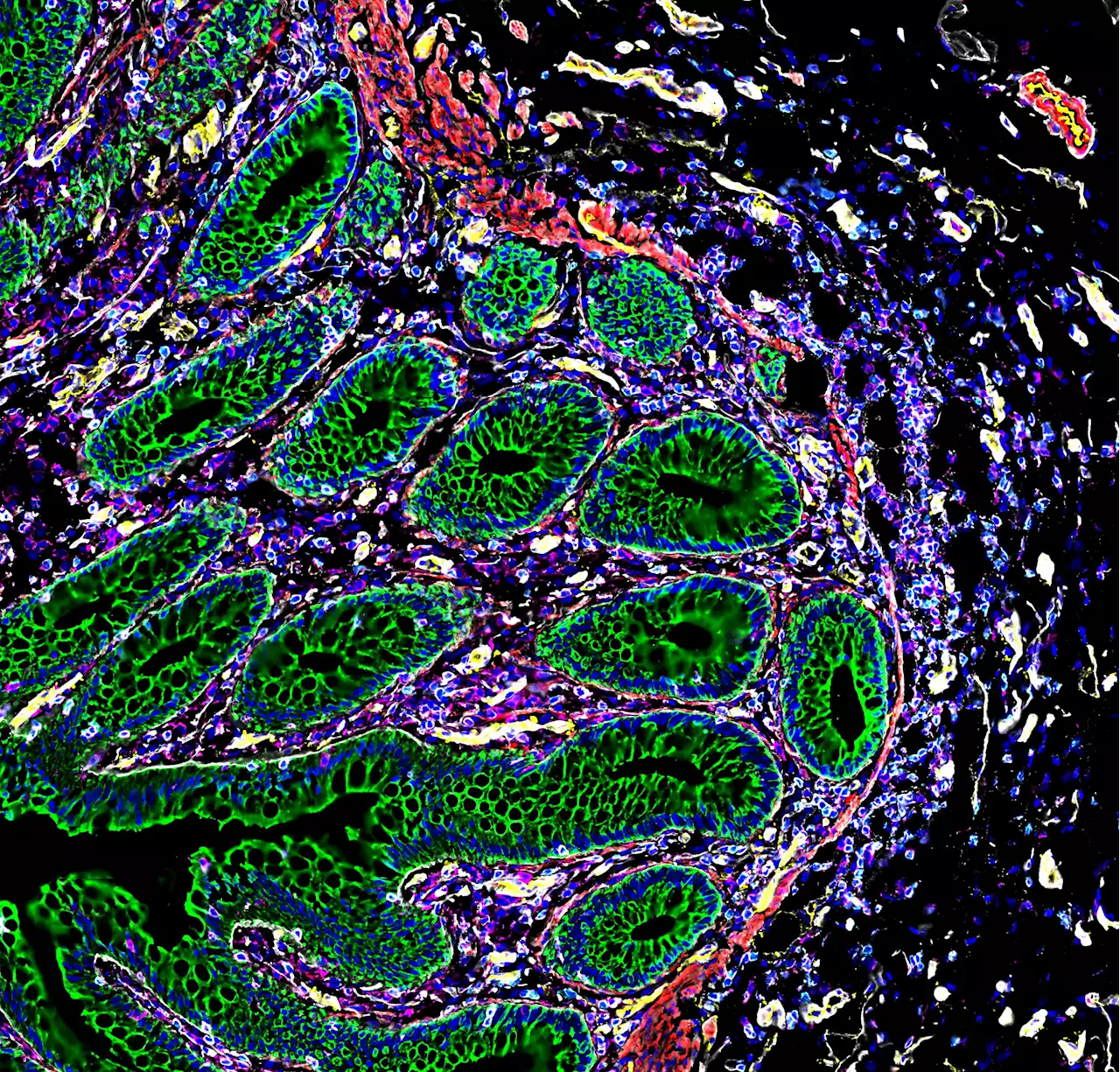When you think about your ideal neighborhood, perhaps you think of tree-lined streets or a close-knit community of people who help each other. You probably don’t think about your digestive system. But maybe you should. According to a team of scientists led by researchers at Stanford Medicine, the
These images are produced using advanced imaging techniques that enable us to study the cells found in the human intestine. By utilizing a combination of microscopy and robotic technology, these scientific visuals offer a window into the intricate world of cellular diversity. The various colors in the image represent specific molecules that are expressed within different cell types.
“This is the first time anyone has made a spatial map of the intestine at the single-cell level,” said Michael Snyder, PhD, professor and chair of genetics and co-senior author of the research, published July 19 in. “It was a bit like exploring a new planet, in that we didn’t know exactly what cell types we would find or how they would be organized.
“Our maps are intended to be a reference for a healthy intestine, with which we can compare everything from irritable bowel disease to early-stage colon cancer,” said Snyder, the Stanford W. Ascherman, MD, FACS Professor in Genetics. “This will be foundational for our understanding of all kinds of digestive diseases.
Some neighborhoods, such as the one dominated by smooth muscle cells became more common toward the end of the colon, while other neighborhoods composed primarily of immune cells became less common.In addition to creating a reference for healthy tissue, the new maps revealed some interesting clinical connections. For instance, the researchers found that donors with higher body mass index had a greatly increased number of M1 macrophages, a type of immune cell associated with inflammation.
United States Latest News, United States Headlines
Similar News:You can also read news stories similar to this one that we have collected from other news sources.
 Scientists Discover Source of Mysterious Alignment of Stars Near the Galactic CenterScientists from The University of Manchester and the University of Hong Kong have found a source for the enigmatic alignment of stars close to the Galactic Center. The initial discovery of the alignment of planetary nebulae was made a decade ago by Bryan Rees, a Manchester PhD student, but has re
Scientists Discover Source of Mysterious Alignment of Stars Near the Galactic CenterScientists from The University of Manchester and the University of Hong Kong have found a source for the enigmatic alignment of stars close to the Galactic Center. The initial discovery of the alignment of planetary nebulae was made a decade ago by Bryan Rees, a Manchester PhD student, but has re
Read more »
 Scientists discover a new enzyme that helps cells fight genomic parasitesThe research teams of Professor René Ketting at the Institute of Molecular Biology (IMB) in Mainz, Germany, and Dr. Sebastian Falk at the Max Perutz Labs in Vienna, Austria, have identified a new enzyme called PUCH, which plays a key role in preventing the spread of parasitic DNA in our genomes. These findings may reveal new insights into how our bodies detect and fight bacteria and viruses to prevent infections.
Scientists discover a new enzyme that helps cells fight genomic parasitesThe research teams of Professor René Ketting at the Institute of Molecular Biology (IMB) in Mainz, Germany, and Dr. Sebastian Falk at the Max Perutz Labs in Vienna, Austria, have identified a new enzyme called PUCH, which plays a key role in preventing the spread of parasitic DNA in our genomes. These findings may reveal new insights into how our bodies detect and fight bacteria and viruses to prevent infections.
Read more »
 Scientists Discover a Completely New Type of Enzyme That Helps Fight Genomic ParasitesProfessor René Ketting's team at the Institute of Molecular Biology (IMB) in Mainz, Germany, along with Dr. Sebastian Falk's group at the Max Perutz Labs in Vienna, Austria, have discovered a new enzyme, PUCH, which plays a key role in preventing the spread of parasitic DNA in our genomes. This brea
Scientists Discover a Completely New Type of Enzyme That Helps Fight Genomic ParasitesProfessor René Ketting's team at the Institute of Molecular Biology (IMB) in Mainz, Germany, along with Dr. Sebastian Falk's group at the Max Perutz Labs in Vienna, Austria, have discovered a new enzyme, PUCH, which plays a key role in preventing the spread of parasitic DNA in our genomes. This brea
Read more »
 Decoding the building blocks of cellular processes from single-cell transcriptomics dataMost features of a cell are determined by gene programs — sets of co-expressed genes that execute a specific function. By incorporating existing knowledge about gene programs and cell types, the Spectra factor analysis method improves how we decode single-cell transcriptomic data and offers insights into challenging tumor immune contexts.
Decoding the building blocks of cellular processes from single-cell transcriptomics dataMost features of a cell are determined by gene programs — sets of co-expressed genes that execute a specific function. By incorporating existing knowledge about gene programs and cell types, the Spectra factor analysis method improves how we decode single-cell transcriptomic data and offers insights into challenging tumor immune contexts.
Read more »
 Blocking abnormal stem cell signal during aging lessens related bone lossA cellular signal essential to development of the skeleton increases abnormally during aging to weaken bones.
Blocking abnormal stem cell signal during aging lessens related bone lossA cellular signal essential to development of the skeleton increases abnormally during aging to weaken bones.
Read more »
 Stanford fined over nondisclosure of foreign fundsStanford University agreed to pay $1.9 million to resolve allegations that proposals for research grants didn’t disclose support faculty members were receiving from abroad.
Stanford fined over nondisclosure of foreign fundsStanford University agreed to pay $1.9 million to resolve allegations that proposals for research grants didn’t disclose support faculty members were receiving from abroad.
Read more »
